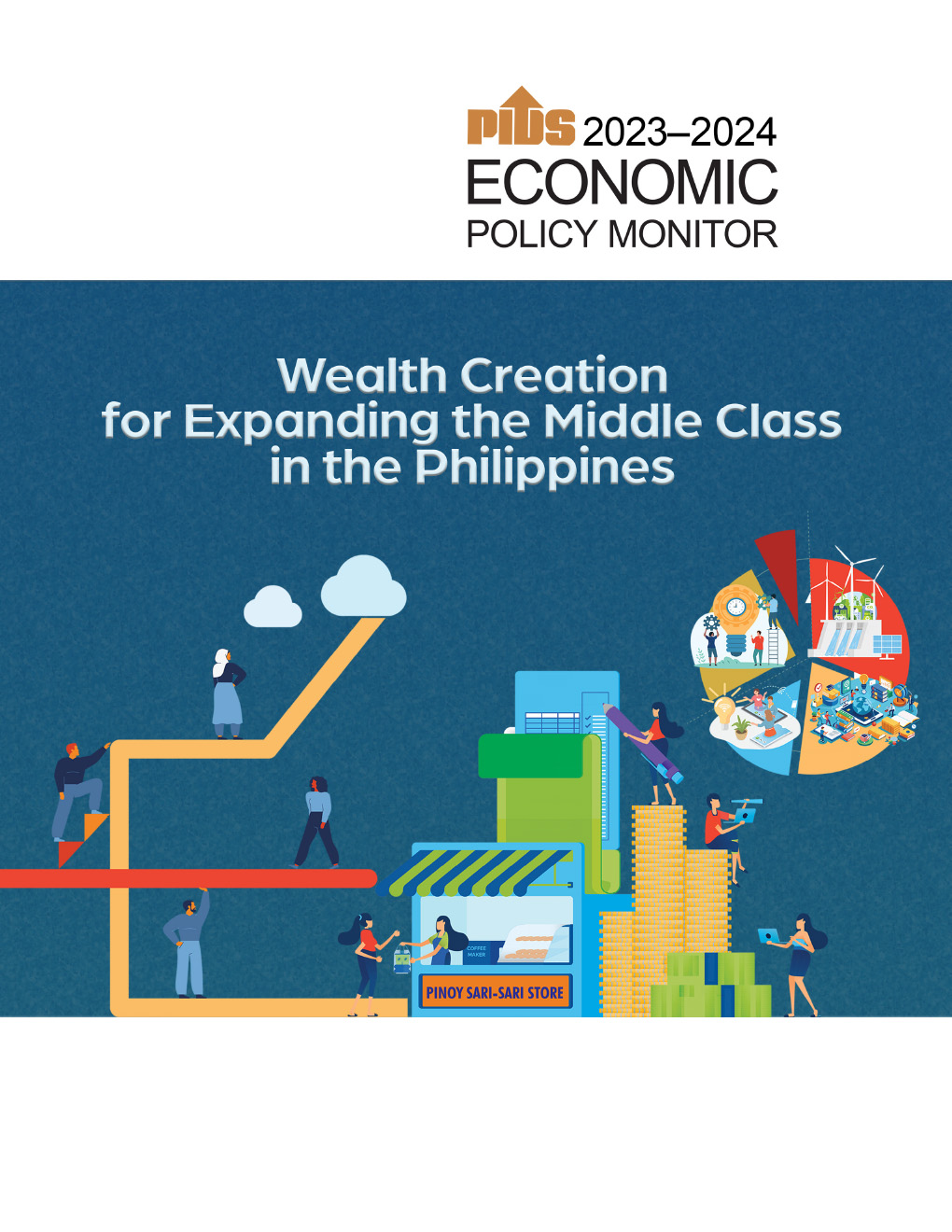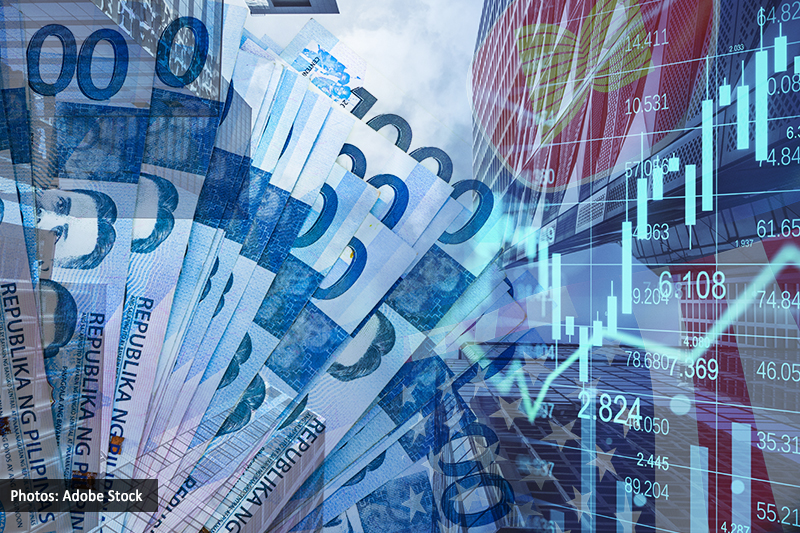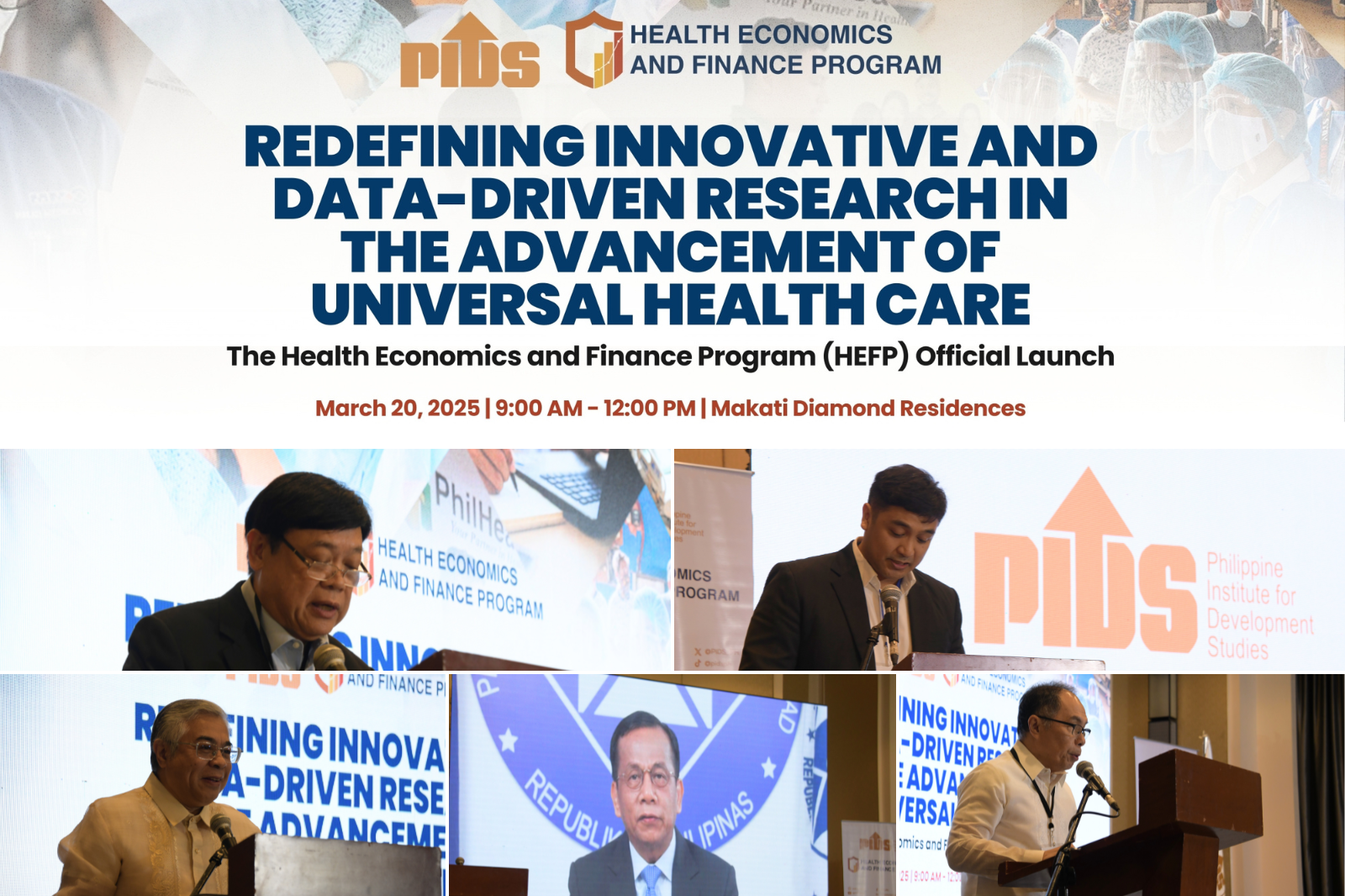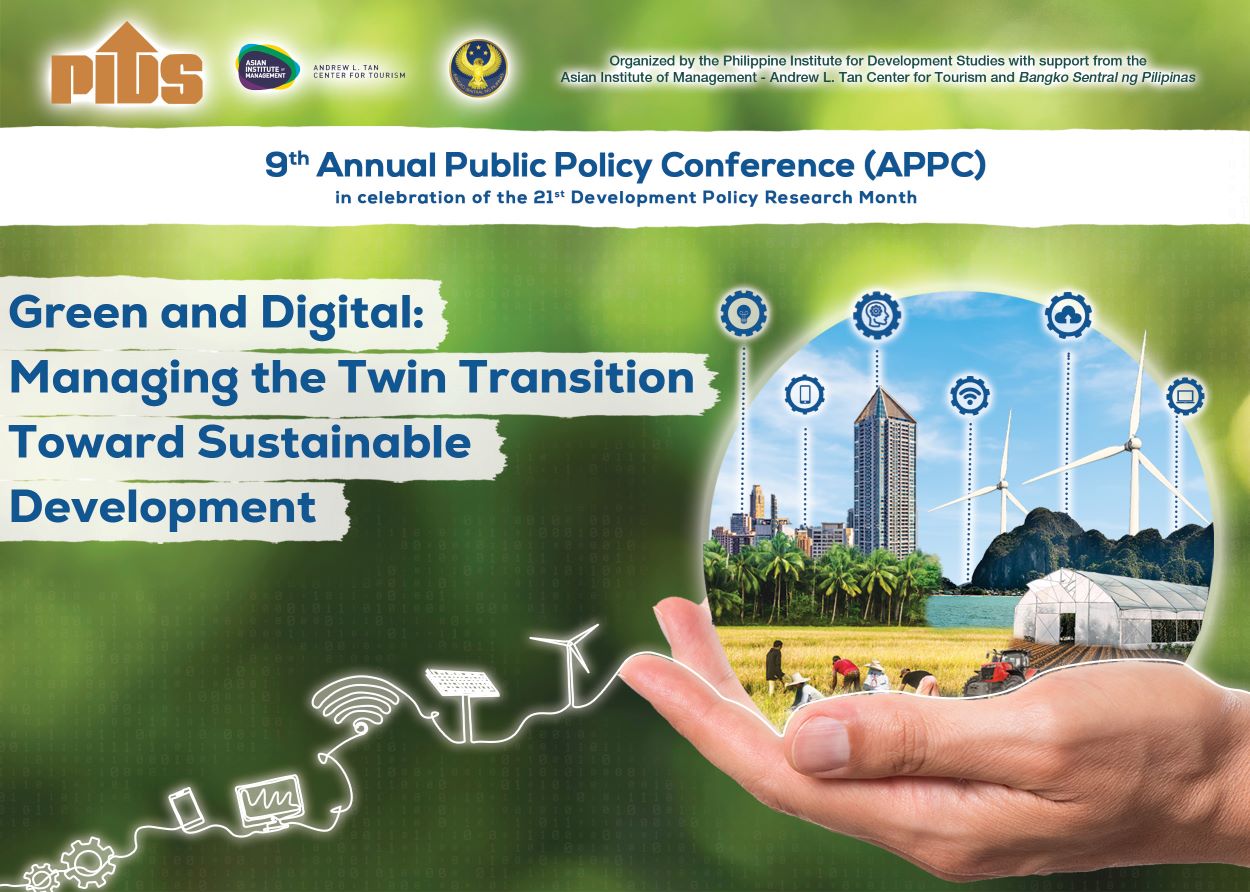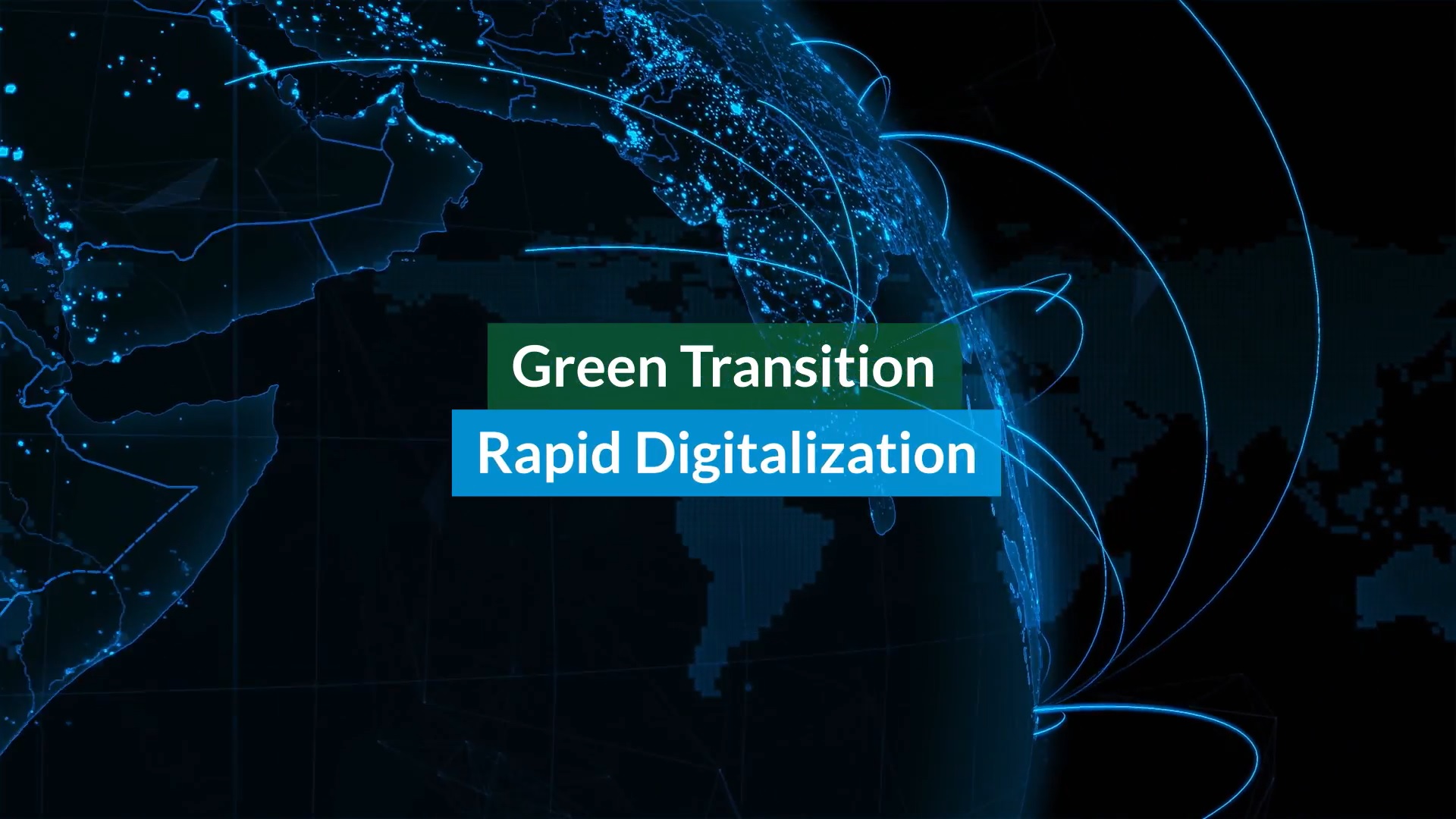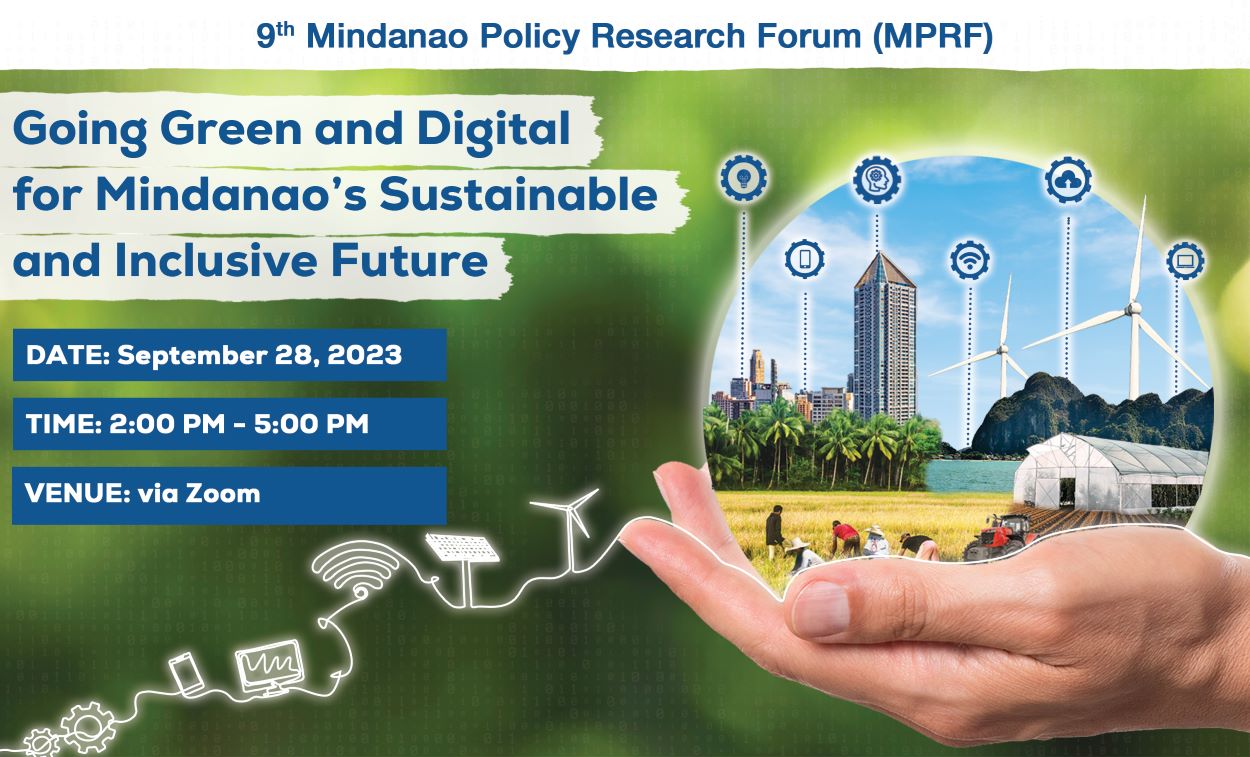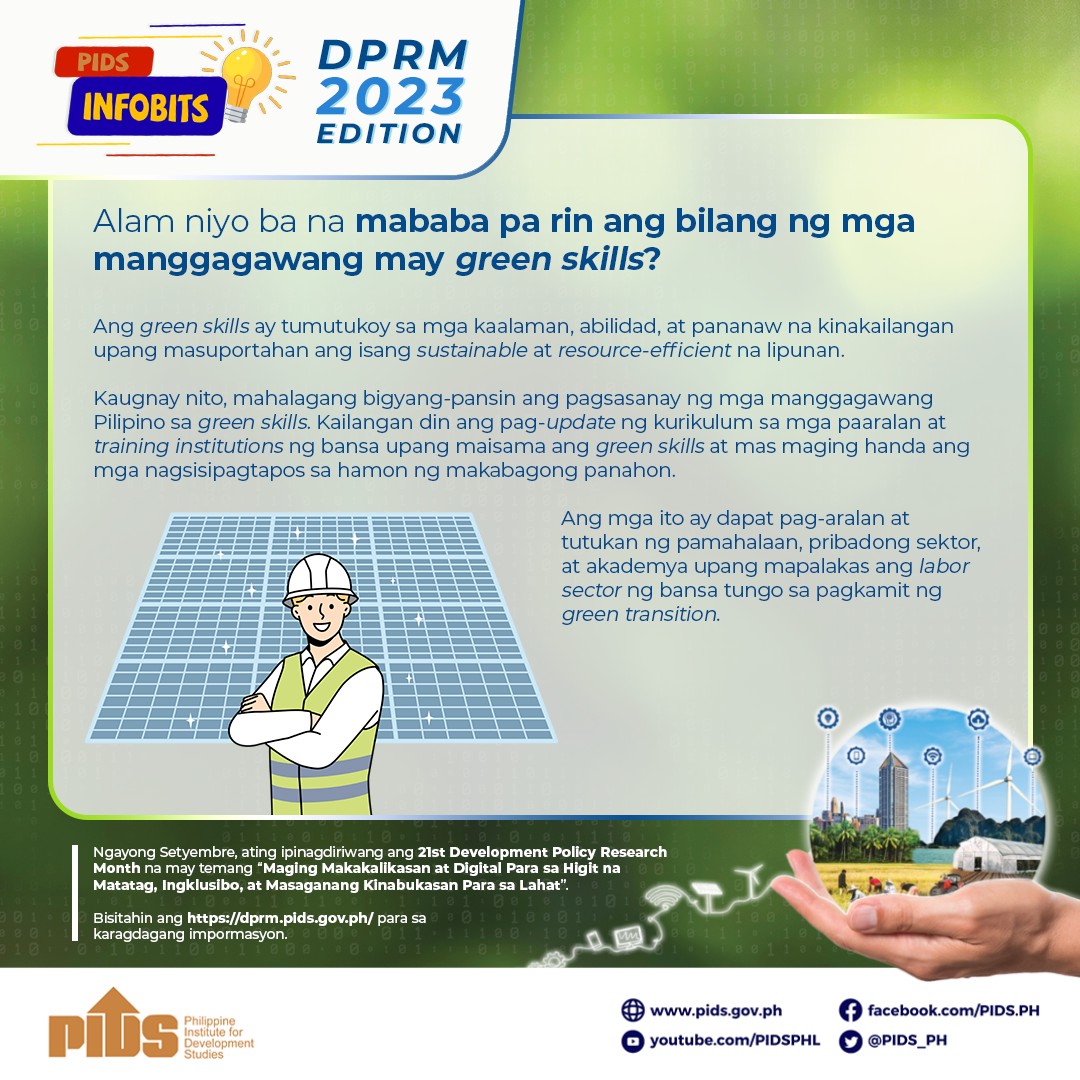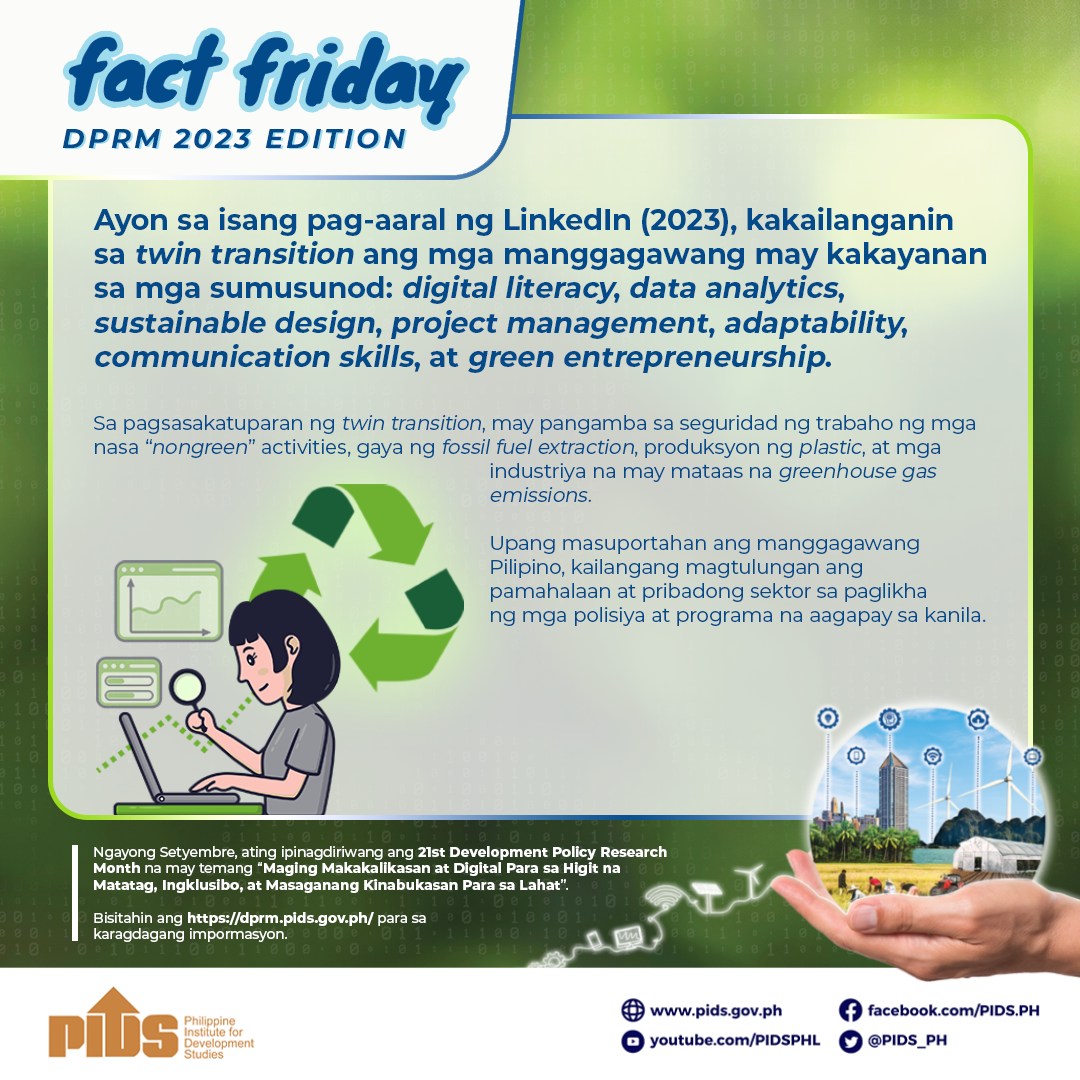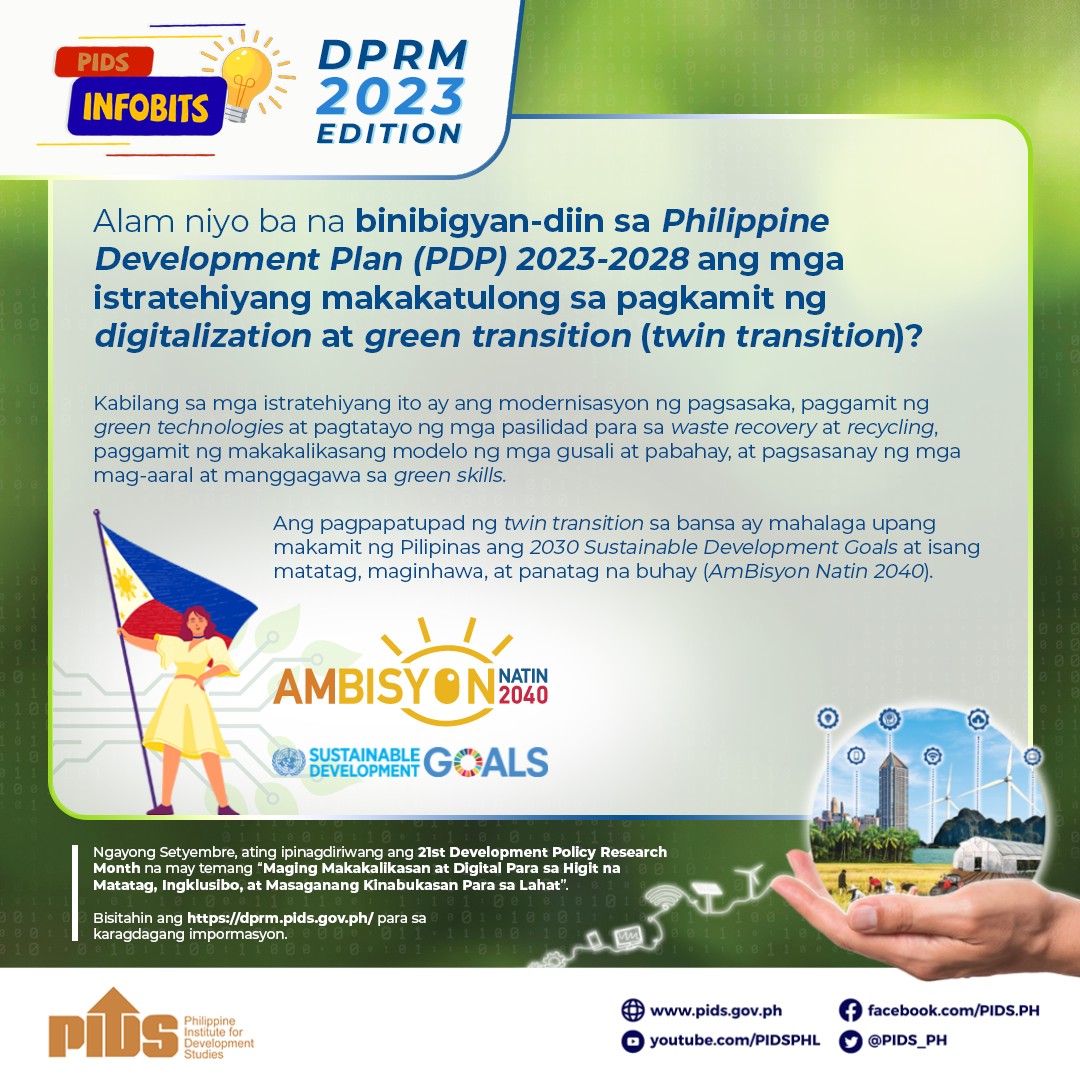THE GOVERNMENT should align the objectives of its stimulus package programs with the goal of bringing about a green recovery, in order to ensure that the rebound is sustainable, according to representatives from a government think tank.
“We should tie up the conditions for stimulus packages that are being asked of the government, to ESG (environmental, social, and governance) metrics (following) green and inclusive recovery principles,” according to Adoracion M. Navarro, senior research fellow for the Philippine Institute for Development Studies (PIDS), at a PIDS webinar Thursday.
Ms. Navarro is a former undersecretary at the National Economic and Development Authority.
The government has released two stimulus packages during the pandemic, allotting P275 billion for the Bayanihan to Heal as One Act (Bayanihan I), which includes cash aid and wage subsidy programs, followed by the P165-billion Bayanihan II, which provided additional support to pandemic-hit sectors.
Legislators are batting for a third stimulus package worth up to P400 billion to help finance the rebound, but the Finance department is maintaining its policy of keeping funds in reserve for a long pandemic in order not to unduly expand the budget. It maintains that it can tap only P173 billion for a possible Bayanihan III.
At the PIDS forum, Rosa T. Perez, a member of the National Panel of Technical Experts at the Climate Change Commission, said there are various growth opportunities for the Philippines to achieve not just a “green” recovery but also one that benefits the oceans.
She said an economic rebound strategy with strong environmental and climate-change components would be beneficial for a disaster-prone country like the Philippines.
Citing findings from the Asian Development Bank, she said green recovery will “reduce the risk of future pandemics, (help the Philippines) mitigate and adapt to the impact of climate change, create jobs, increase competitiveness and meet Sustainable Development Goals.”
Ms. Perez said growth opportunities in a green economic recovery include productive and regenerative agriculture; a transition to clean energy sources; sustainable urban development and transport systems; and opportunities to adopt circular-economy practices.
She called for investment to benefit the oceans and waterways including sewers and wastewater infrastructure, the restoration and conservation of coastal and marine ecosystems, and sustainable community-led mariculture.
She added the Philippines can also incentivize a shift to ocean-based renewable energy and the transition to zero emissions in marine transport.
“Building back better should go beyond the green recovery and embrace a blue recovery. From my point of view, this green or blue recovery is better taken as an integrated approach which we already recognized even before the pandemic,” Ms. Perez said.
Gov’t think tank backs stimulus to be directed to ‘green recovery’

